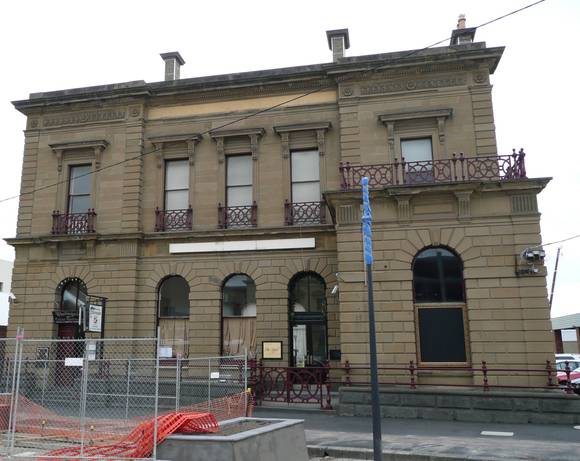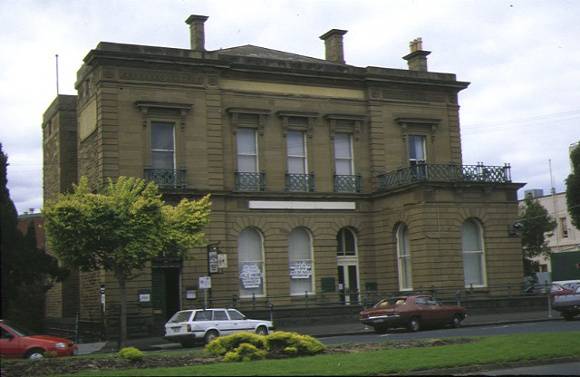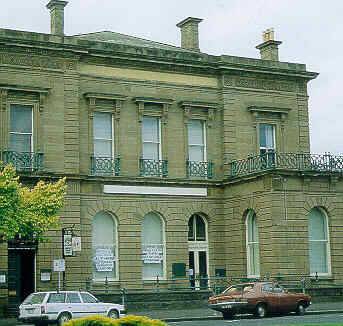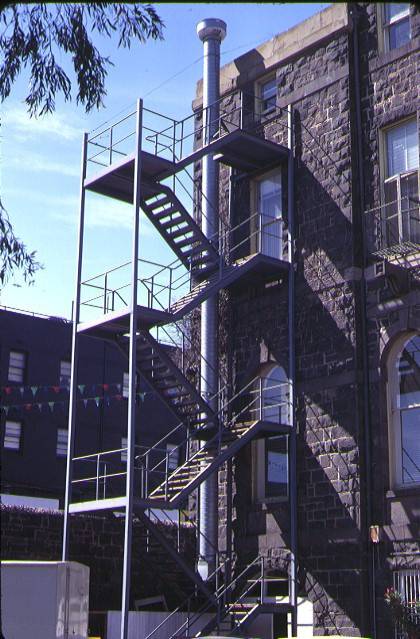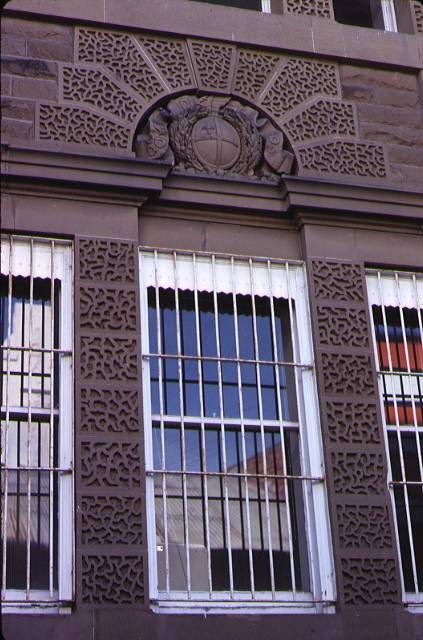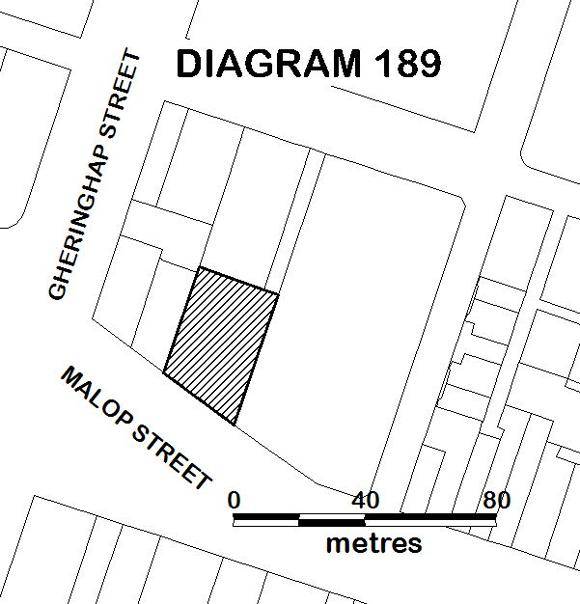| Back to search results » | Back to search page » |
|
FORMER ES&A BANK (GEELONG)
Location9-11 MALOP STREET GEELONG, GREATER GEELONG CITY
File Number603422 [ 1 - 2 ]LevelRegistered |
|
Statement of Significance
What is significant? The London Chartered Bank of Australia was established in 1852 and in 1859 the main Australian branch was erected in Collins Street, Melbourne. A branch was established in Sydney, another in Geelong and nine branches on the Victorian goldfields. In 1921 it was absorbed by the English, Scottish and Australian Bank and in 1970, merged with the A.N.Z. Bank. The London Chartered Bank of Australia, together with other banking companies, consistently commissioned Leonard Terry to design their bank buildings. At Geelong the two storey building with basement, built of bluestone with Barrabool sandstone facades and parapet, was designed by Leonard Terry in a Renaissance Revival style. The overall composition of the main facade is divided into three vertical bays by rusticated pilasters and both storeys are clearly defined horizontally by wide projecting cornices. The lower storey is heavily rusticated with arched openings and an asymmetrical, protruding bay on one side, while the upper floor contains rectangular openings framed by heavy lintels supported on consoles. Circular motif iron balustrading is used for balconettes and the terrace formed above the protruding lower bay. The north-west side facade contains a detailed recessed central bay with vermiculated rustication at the lower level and a balcony supported on oversized consoles above. How is it significant?
Why is it significant? The former E.S.&.A. Bank, Geelong is of historical significance as an early surviving bank building in Victoria which was constructed at a time of great prosperity in Geelong. It is also of historical significance for its associations with the development of the State as a result of the goldrushes and the wool boom. [Online Data Upgrade Project 2007]
A branch of the London Chartered Bank of Australia was first opened for business in Geelong in 1853 in Little Malop Street. Three years later tenders were invited for the erection of a new building by architect C. Porter, however this was not built and tenders were called again in 1859 by Melbourne architect, Leonard Terry. The new premises were subsequently opened for business in Malop Street in 1860. A number of banks were built at the west end of Malop Street at this time as it was assumed that the town would develop around the railway station.
The former E.S.&.A. Bank, Geelong is of architectural and historical significance to the State of Victoria.
The former E.S.&.A. Bank, Geelong is of architectural significance as one of the most distinctive, and one of the earliest, of a large group of bank buildings designed by prolific bank architect Leonard Terry. He designed at least fifty branches for all the major banks, mainly in Victoria, largely in a variety of Renaissance Revival designs.
Group
Commercial
Category
Bank




